All products featured are independently chosen by us. However, SoundGuys may receive a commission on orders placed through its retail links. See our ethics statement.
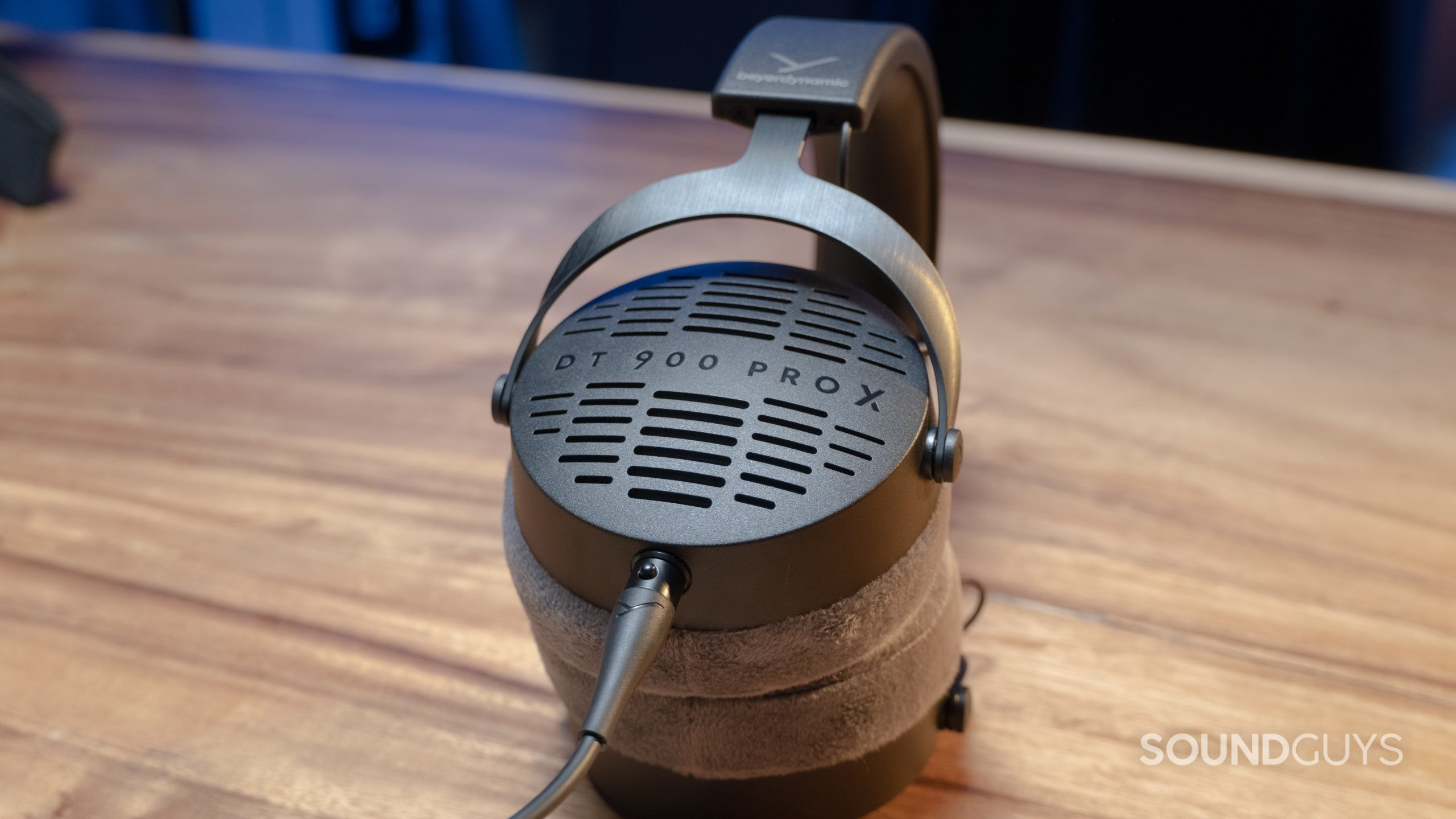

Beyerdynamic DT 900 PRO X review
November 8, 2024


Beyerdynamic DT 900 PRO X
Evolving on the decades-long success of the Beyerdynamic DT 990 PRO, the German manufacturer has returned with a new open-back headphone designed for creative professionals. Released alongside the DT 700 PRO X closed-back variant, the Beyerdynamic DT 900 PRO X promises great sound on any device, even without an amp.
With a more durable, sustainable, and refined design, Beyerdynamic has a worthy open-back studio headphone competitor that won’t (completely) break the bank.
Editor’s note: this Beyerdynamic DT 900 PRO X review was updated on November 8, 2024, to remove broken page elements, and to update charts.
- Music producers and audio engineers seeking quality open-back mixing headphones may want to invest in this set of open-back headphones from Beyerdynamic.
- Audiophiles will appreciate the DT 900 PRO X’s solid construction, removable cables, and accurate bass and midrange response.
What’s it like to use Beyerdynamic DT 900 PRO X?
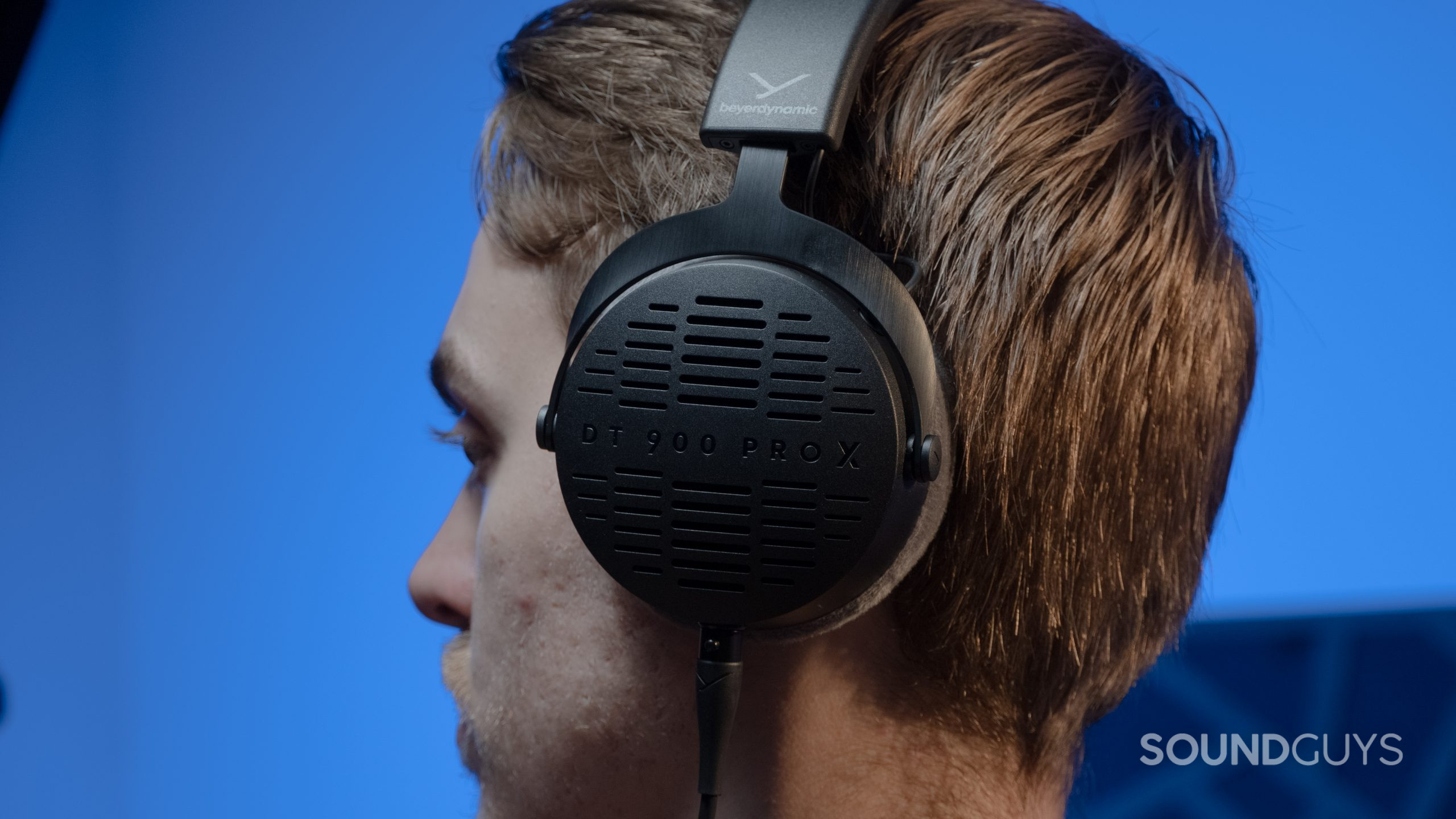
In a word, these Beyerdynamic headphones feel luxurious. From the supple velour ear pads to the brushed metal headband, nothing about the Beyerdynamic DT 900 PRO X feels cheap. The matte black design also fits nicely in any studio setup, and Beyerdynamic doesn’t go out of its way to highlight branding on the headphones which finishes the professional look.
There’s no folding mechanism, and the ear cups don’t fully rotate, so the DT 900 PRO X isn’t very portable. Chances are these studio headphones won’t stray far from your desk, but if you do need to transport the DT 900 PRO X, Beyerdynamic includes a soft carrying case.
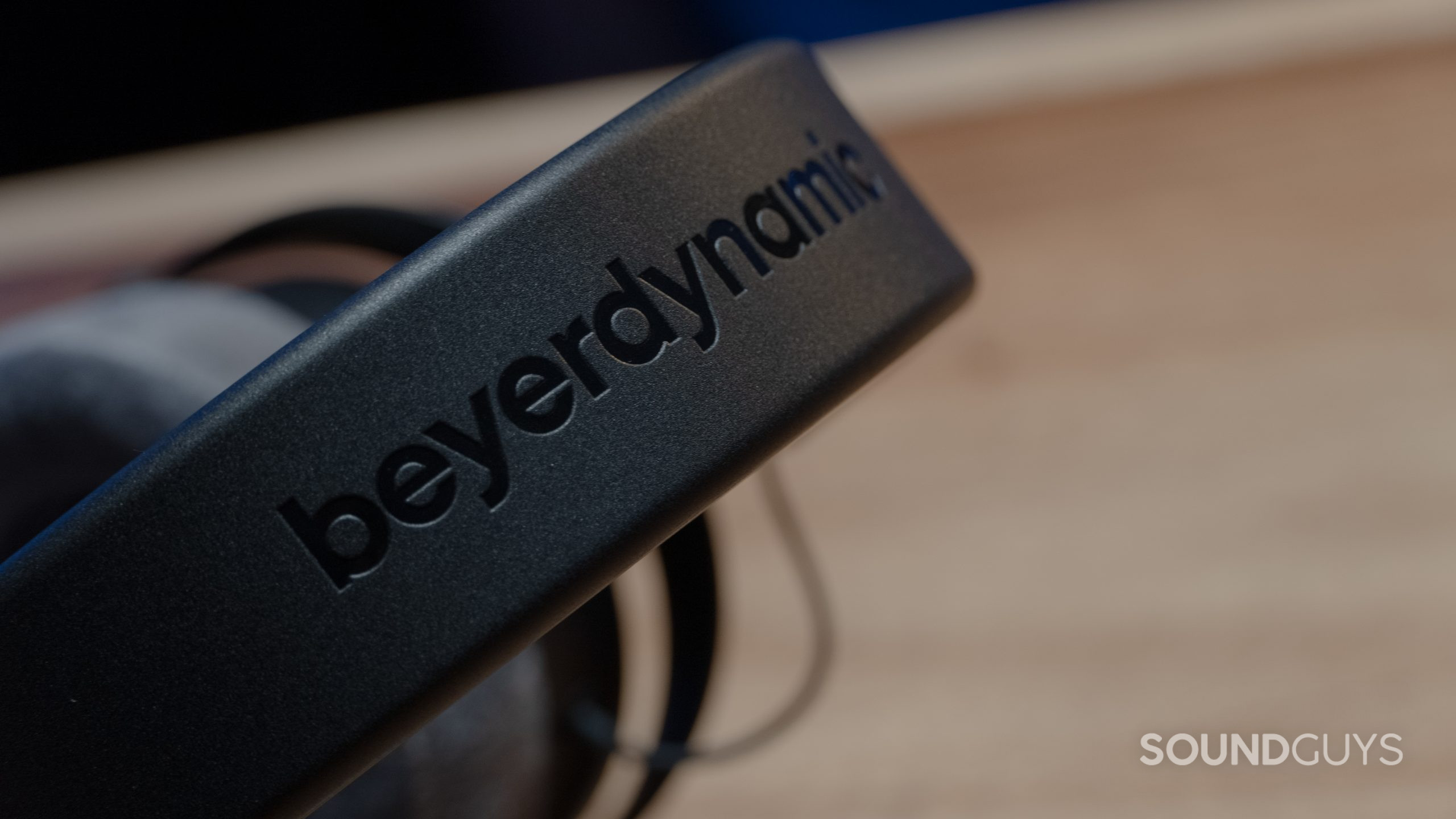
We have no gripes with comfort on the Beyerdynamic DT 900 PRO X; it is easy to wear the headset for hours on end. The velour ear pads are a treat and make for a comfortable fit whether you do or don’t don glasses. Slightly firmer than the ear pads on the previous-generation DT 990 PRO, these ear pads will likely last longer before wearing down. Combined with the open-back design, each headphone provides great ventilation so you won’t have sweaty ears.
With an impedance of only 48Ω, most devices easily power the DT 900 PRO X. You can reach high volume levels without an external headphone amp, a nice improvement on the 250Ω Beyerdynamic headphone models that require an amp to reach acceptable volume levels.
Is the Beyerdynamic DT 900 PRO X sustainably built?
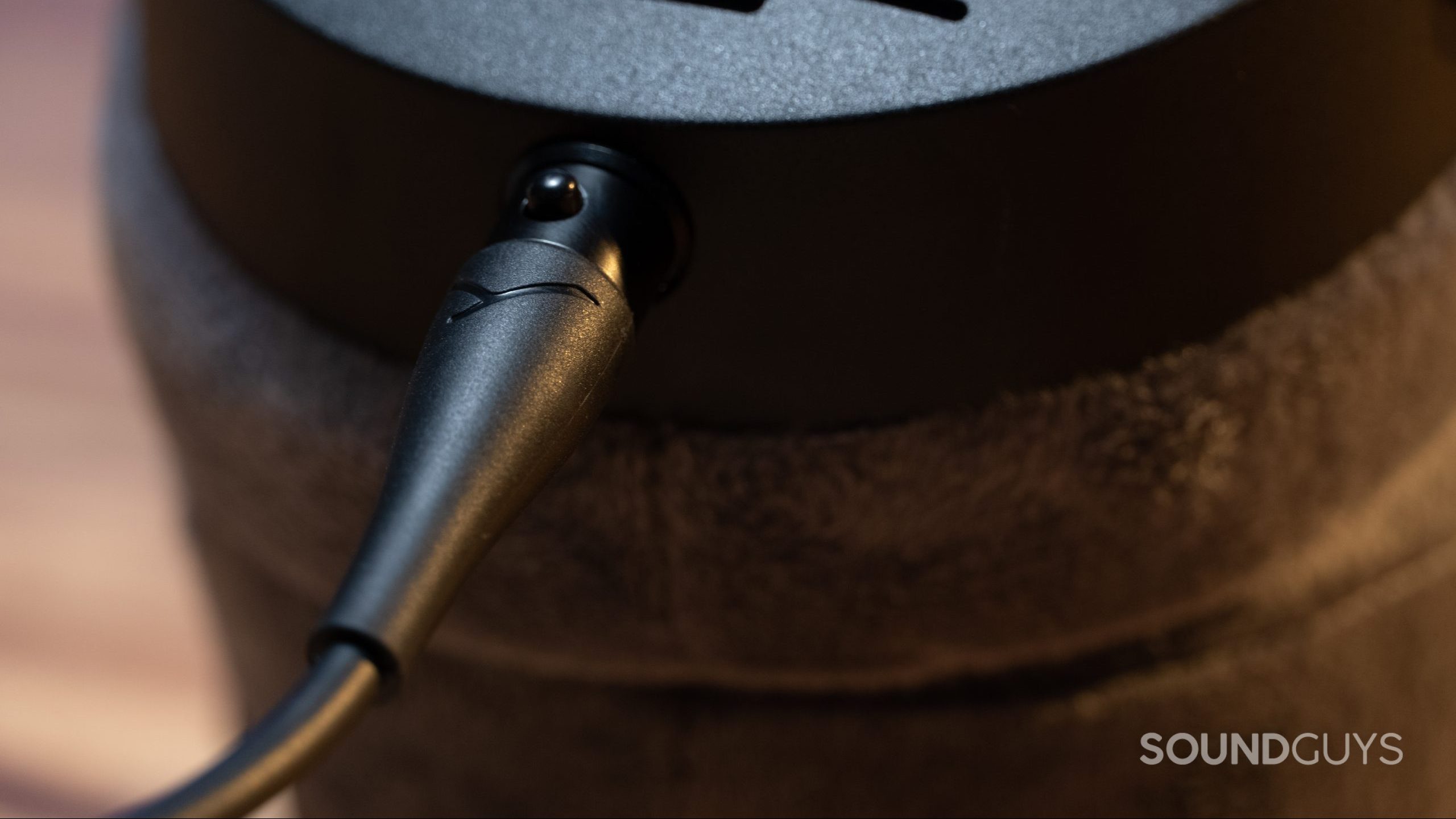
One of our biggest gripes with previous Beyerdynamic headphone models was the lack of replaceable parts, which renders the entire product unusable if one component (such as the cable) breaks. With the DT 900 PRO X, two easily swappable cables come in the box, which helps extend the lifespan of the headphones. You get your pick between a 3-meter and 1.8-meter-long cable, both of which terminate in a 3-pin mini-XLR for the headset and a 3.5mm jack for your device. Beyerdynamic also includes a 1/4-inch adapter that screws onto either cable, should you connect this to an audio interface.
The headband and ear pads are both replaceable if required. Heck, you can even replace the proprietary STELLAR .45 drivers without any special tools, so the DT pro 900 X will hopefully last as long as you do. When you buy a pair of DT 900 PRO X headphones, you save money in the long run and keep tech out of our landfills.
Does the Beyerdynamic DT 900 PRO X have good isolation?
Loading chart ...
The open-back design of the Beyerdynamic DT 900 PRO X allows sound to easily pass in or out of the headphones. You’ll want to make sure you use these headphones in a quiet room whenever possible or else any environmental noise will mask your audio. Be mindful of listening to music with the headphones around other people, as they will likely hear whatever you’re listening to bleeding out of the ear cups.
How does the Beyerdynamic DT 900 PRO X sound?
The Beyerdynamic DT 990 PRO X does an excellent job at reproducing sound sub-bass, bass, and midrange frequencies. This is a great headset for audio production and analytical listening. For those of you who aren’t bass heads—or simply wish to equalize your headphones to your liking—the DT 900 PRO X is a very good pair of headphones when used for its intended purpose.
Loading chart ...
That purpose, however, is fairly limited. If you’ve read this far, you know the DT 900 PRO X is designed exclusively for desktop use. Open-back headphones tend to be very good at reproducing your music, but with the tradeoff that they’re very bad—terrible, even—at isolating you from your surroundings. That’s by design, but it’s something you should be aware of.
When compared to our studio target, the Beyerdynamic DT 990 PRO X does an outstanding job of sticking the zero line all the way past 1kHz, where the high mids and highs typically deviate in most headphones to meet the needs of human ears. Of course, it emphasizes some notes above our target in the 4-7kHz range, but that has the benefit of making some harmonics and string attack sounds a little easier to hear in the din of a song. It shouldn’t be objectionable, but if you’re sensitive to extremely high-pitched noise, this may irk you at high volumes eventually.
Lows, mids, and highs
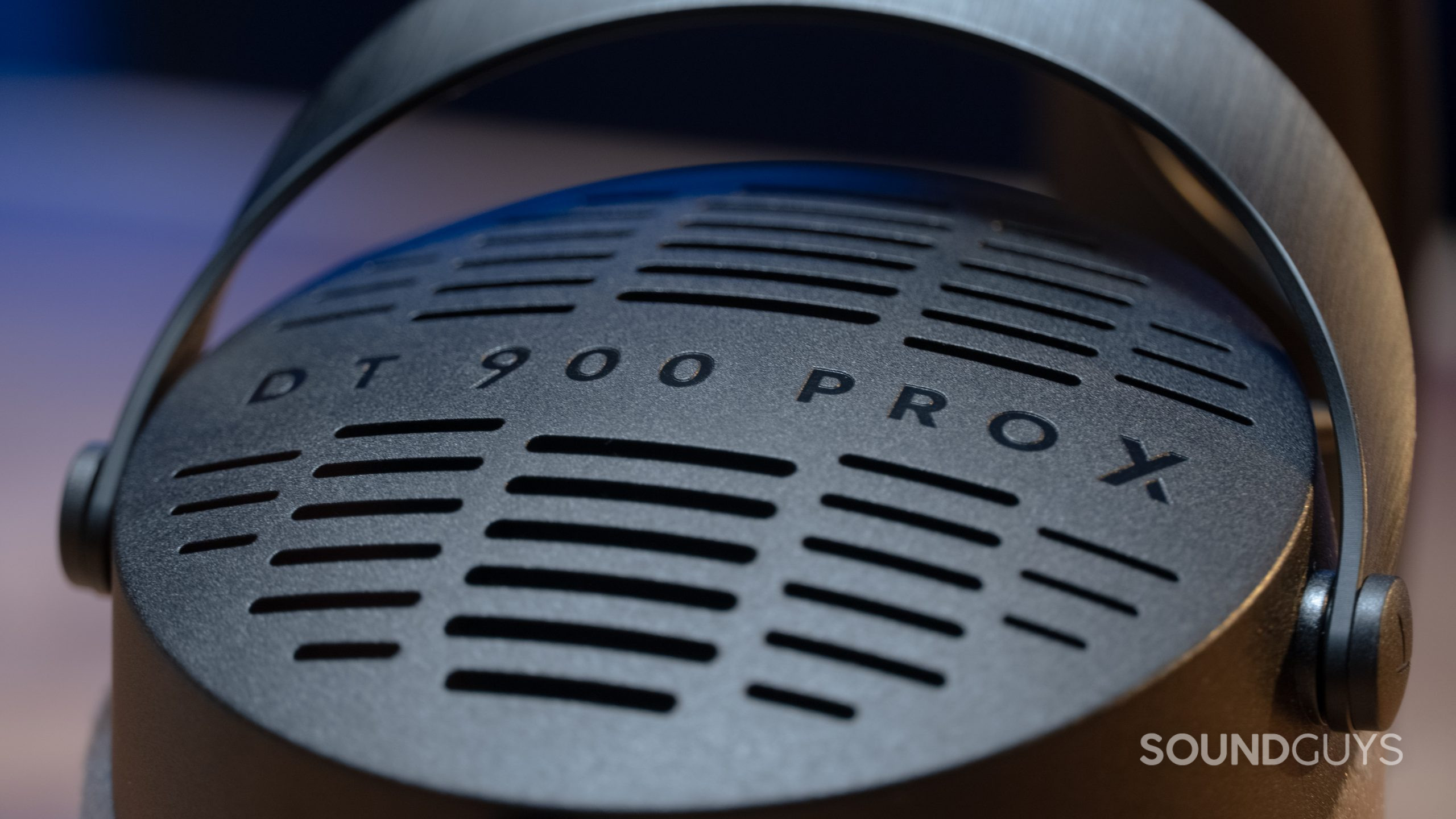
If you’re used to consumer headphones, you’ll probably think that the DT 900 PRO X is a little light on bass. However, it’s not—it just doesn’t crank it to the same degree that most portable cans do. This will be pretty noticeable on anything mixed during the era of the loudness wars—but then again, a lot of those mixes sound bad anyway. Postwar tunes like Touch by Daft Punk (read: properly mixed tracks) should be a lot easier to hear everything going on with the Beyerdynamic DT 990 PRO X than it would on say, the Sony WH-1000XM4. This is precisely because that flat line above means that no fundamental notes in most of the sounds in that track are wildly emphasized over others.
The DT 900 PRO X sounds very similar to the older DT 1990 PRO X, but you get a slightly louder output from the 900 PRO X below 100Hz. You also get a louder treble output from the 900 PRO X from 5-7kHz. Those with sensitive hearing may need to EQ this treble range down a tad.
Loading chart ...
What’s the difference between the Beyerdynamic DT 900 PRO X and DT 990 PRO?
![Beyerdynamic DT 990 Pro[D] Beyerdynamic DT 990 Pro](https://www.soundguys.com/wp-content/uploads/2017/11/Beyerdynamic-DT-990-ProD.jpg)
While the DT 900 PRO X is essentially a revamped version of the DT 990 PRO, Beyerdynamic continues to sell the older model at a reduced price. For half the cost of the DT 900 PRO X, the DT 990 PRO still offers great sound in an open-back design.
At a premium, the DT 900 PRO X brings improved comfort and durability (with replaceable parts) and a low impedance that works with all devices. If those features aren’t of critical importance to you, you’re better off saving your money with the older DT 990 PRO instead.
Should you buy the Beyerdynamic DT 900 PRO X?
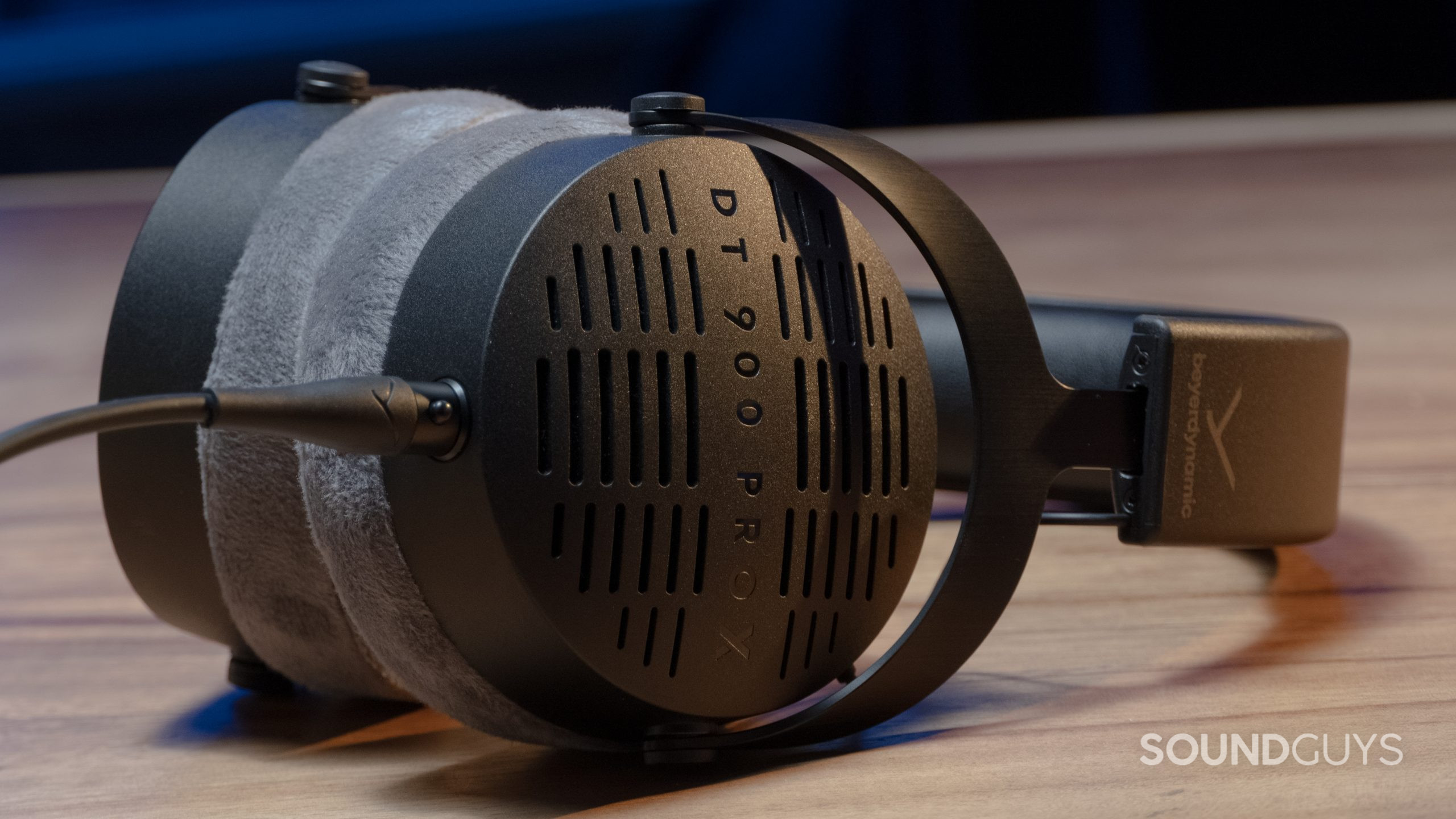
While premium studio headphones can run upwards of a thousand dollars, the Beyerdynamic DT 900 PRO X comes in at a relatively reasonable $300 USD. As a solid set of cans that delivers great sound, the DT 900 PRO X offers a ton of value for professionals and hobbyists alike.
The new design, replaceable parts, and low impedance make the DT 900 PRO X headphones a great option for everyone from bedroom producers to studio engineers. Those working in other creative industries such as video production or game design will also appreciate the open-back design and neutral sound response.


What’s the difference between the Beyerdynamic DT 700 PRO X and DT 900 PRO X?

The Beyerdynamic DT 700 PRO X is the fraternal twin to the DT 900 PRO X, with its similar silhouette and accessories. The main difference between Beyerdynamic’s DT PRO X series headsets is that the 700 PRO X is a closed-back headset, making it more portable than the DT 900 PRO X. If your gigs take you from city to city and leave you to edit from a laptop, the DT 700 PRO X may make more sense since its closed ear cups prevent sound from coming in and from leaking out. Generally, the headsets are very similar and share the same 48Ω impedance.
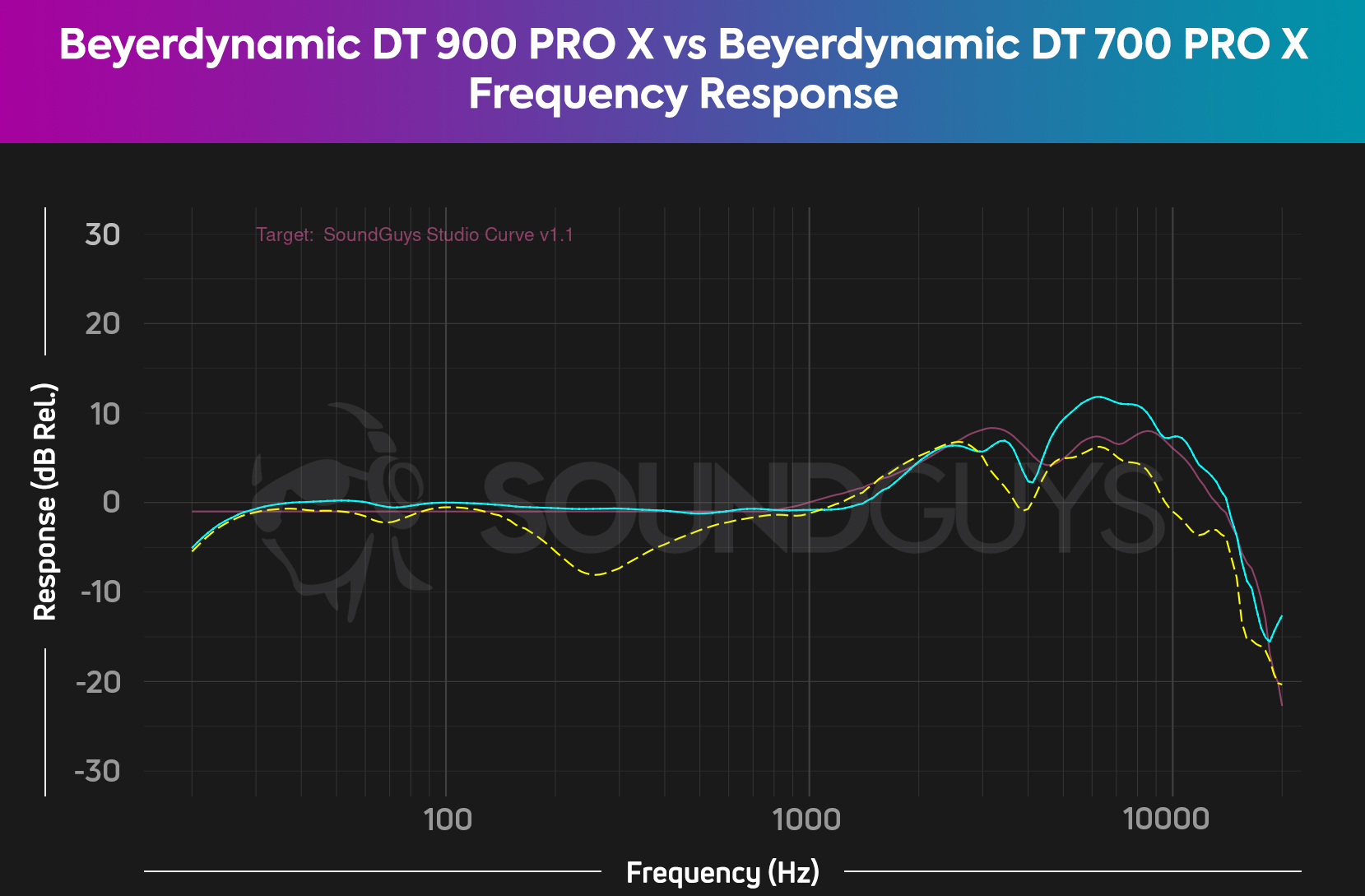
Both headsets house the STELLAR .45 drivers that are easy to remove and replace, so you can rest assured that the DT 900 PRO X and DT 700 PRO X will be in your headphone stable for years to come. If you want the mids to sound as loud as the bass and sub-bass, the DT 900 PRO X makes the most sense. Its response is nearly uniform up until 1.5kHz. Those who choose the DT 700 PRO X over the DT 900 PRO X will sacrifice a bit of midrange loudness for portability, which is okay: every headset makes compromises, $269 at Amazon.
What are some alternatives to the Beyerdynamic DT 900 PRO X?

While the Beyerdynamic DT 900 PRO X hits home on all the essentials, there are still other open-back headphone options worth checking out. Monoprice takes value to the extreme with the Monolith M1060. Beyond the realm of standard dynamic drivers, the Monolith M1060 packs planar magnetic drivers into a sub-$300 headphone. Audiophiles will enjoy tremendous value from these headphones, but mixing and mastering engineers may want to look at the HiFiMan Sundara instead for a more neutral frequency response.
If you’ve progressed beyond your bedroom and have a studio to call home, the Beyerdynamic DT 1990 PRO is worth taking a look at. Professional sound engineers can take advantage of the neutral frequency response produced by the Tesla drivers. However, these cans cost twice as much as the DT 900 PRO X, require an amp to power, and weigh a hefty 370g.
Another great option is the Drop x Sennheiser HD 6XX. This is everything the famed Sennheiser HD 650 is, but at a lower price, $199 at Drop.
Frequently asked questions about the Beyerdynamic DT 900 PRO X
No, the DT 900 PRO X, like the DT 700 PRO X, does not require an amp, making it a great studio headset for traveling engineers.
No, the DT 900 PRO X does not have a microphone. You can, however, plug it into a USB mic or to an audio interface that also handles a mic like the Beyerdynamic M70 PRO X for live headphone monitoring.
While it depends on what you mean by “better,” the answer is basically yes, the DT 900 PRO X is a better headset than the HD 280 Pro. Sennheiser’s headset is more budget-friendly, though, which is important for anyone starting out who doesn’t have much capital. Plus, the HD 280 Pro has a closed-back design, so you don’t get any of that sound leakage that you get from the DT 900 PRO X.
Headphone burn-in isn’t real, just listen to your headphones out of the box, you’re not missing out.
Thank you for being part of our community. Read our Comment Policy before posting.